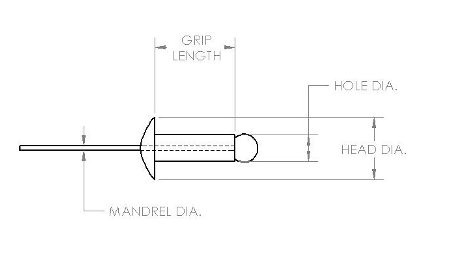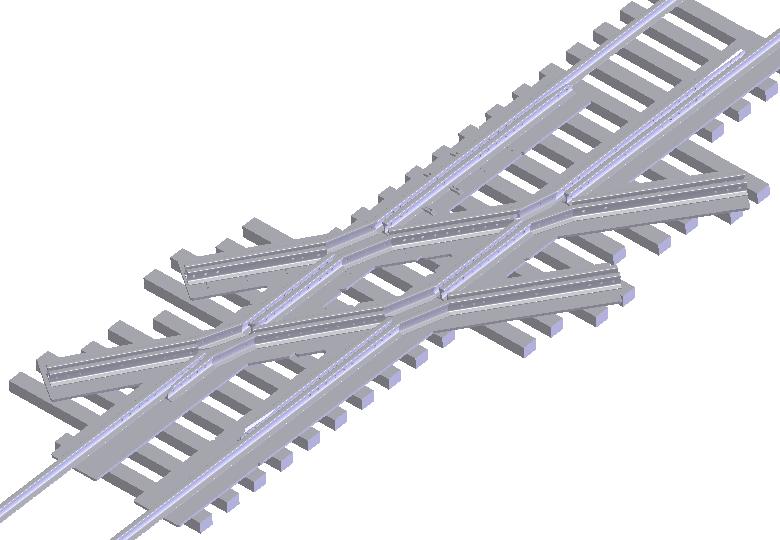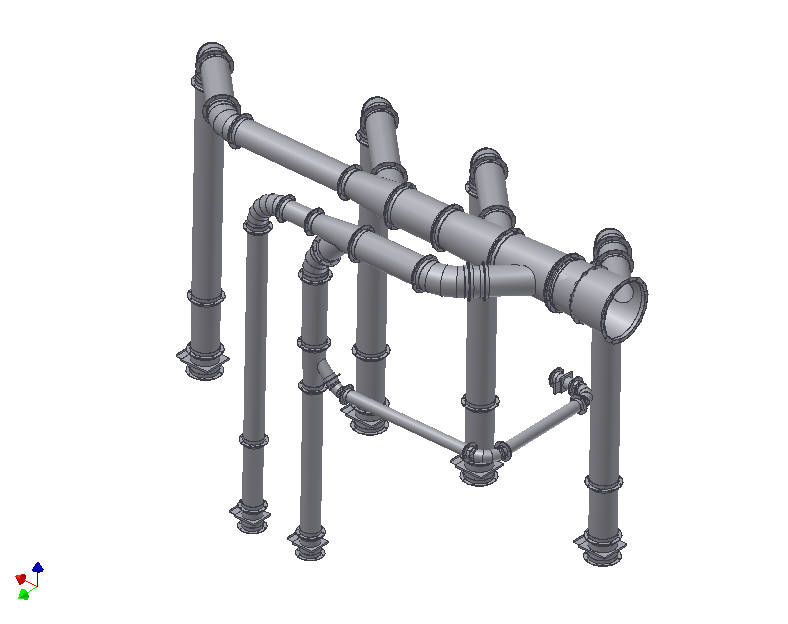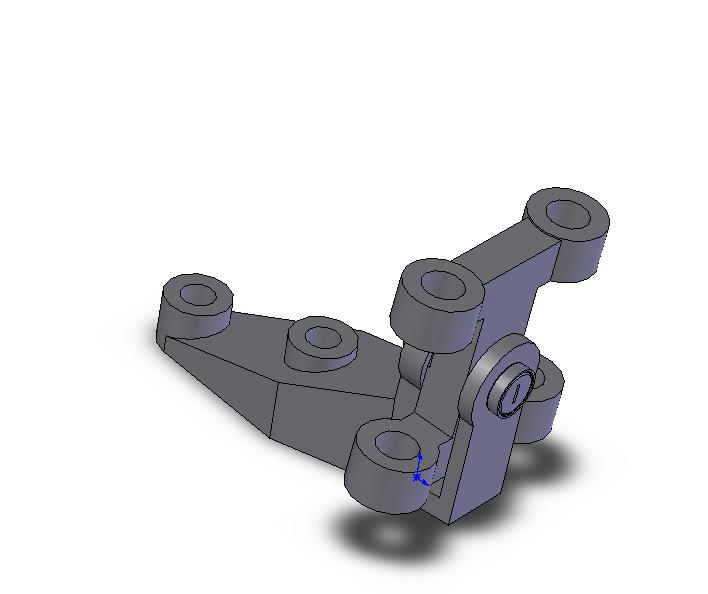Pop rivets, blind rivets and more
Rivets hold our modern world together just as much as they did in the early 20th century. Now large steel blind rivets have been replaced by a wide variety of specialty rivet fasteners designed for just about every kind of fastening application
The pop rivet is perhaps the most popular. Just about every hardware store has aluminum pop rivets you can buy in a wide variety of lengths. The pop rivet can be used to join thin metal sheets together, join plastic to metal and hold pieces together where there is no room for the height of a regular nut or bolt or the appearance of the joint would look worse due to the appearance of a bolt or nut.
A good application of a pop rivet might be holding the handle of a sliding screen door on. The pop rivet head is so thin it wont interfere with the door screen sliding in contact with the patio door. Pop rivets are also used in quick and dirty home auto bodywork repair, to hold new steel onto sections that have rusted out.
While there are plenty of home uses, pop riveting has serious applications as well. Holding aircraft components together and heavy facade panels on buildings to name just a couple of uses. Special rivets can also create liquid tight seals. These applications involve rivets designed specially for the purpose

Rivet installation and removal
Rivet installation requires that you first drill a clearance hole through the two materials you want to join together. The rivet manufacturer will specify what diameter of hold needs to be drilled. The hole diameter can be just a little larger than than the rivet diameter, in which case you get a "fixed" connection which can bear load as well as seal once the rivet is set.
You can also drill a hole a little larger, but still smaller than the rivets head diameter. Oversize holes are used to create "live" connections where the material being joined can move a little due to thermal expansion, or creep or other factors. There are even specialized rivets made for "fixed" and "live" panels.
Once the hole is drilled the rivet is inserted with the mandrel protruding out of the hole. A rivet gun is then slipped over the mandrel and tightened to pull up on the mandrel deforming the rivet. Once the rivet head has deformed to create a proper grip, the mandrel will break or "pop" off leaving a perfect rivet installation.
Unlike bolts and screws, rivets are more or less permanent once they are set. So you have to be sure of your hole locations and plan the installation. Rivets can be removed by drilling off the head with a sharp drill just a little larger than the rivet diameter. Drill into the hole where the mandrel used to be and drill down just enough to cut through the thickness of the rivet head. With practice this can be done very quickly.
Care must be taken when removing the head of the rivet to not drill out the original hole made for the rivet. If that happens you will have to redrill a new hole and install a new rivet as well as deal with the problem of how to fill the old hole.



